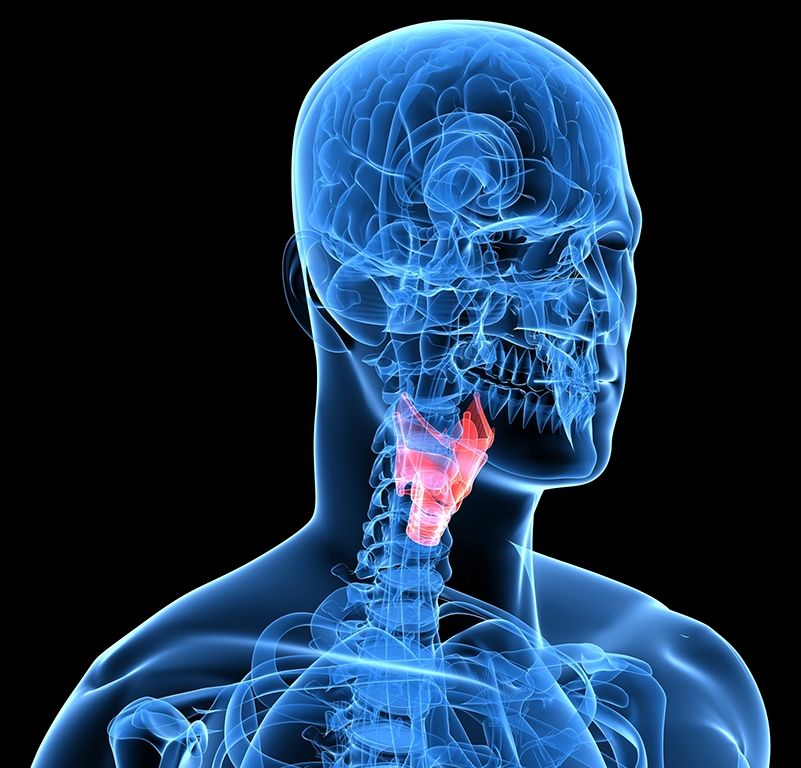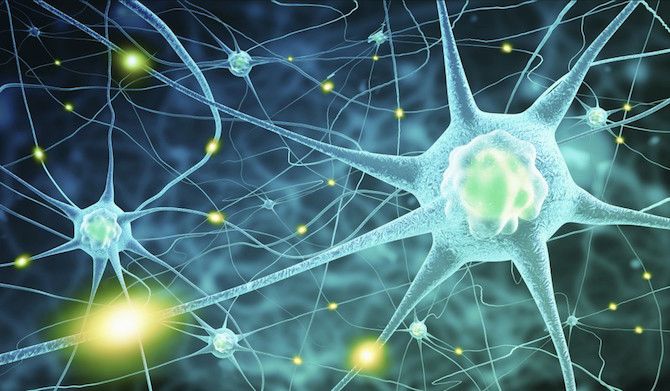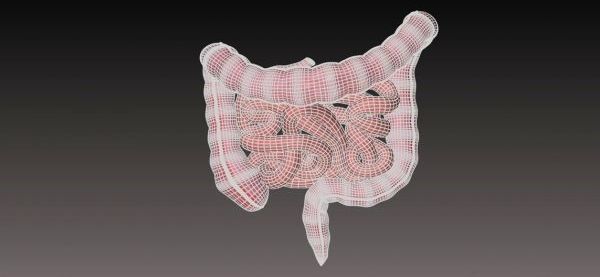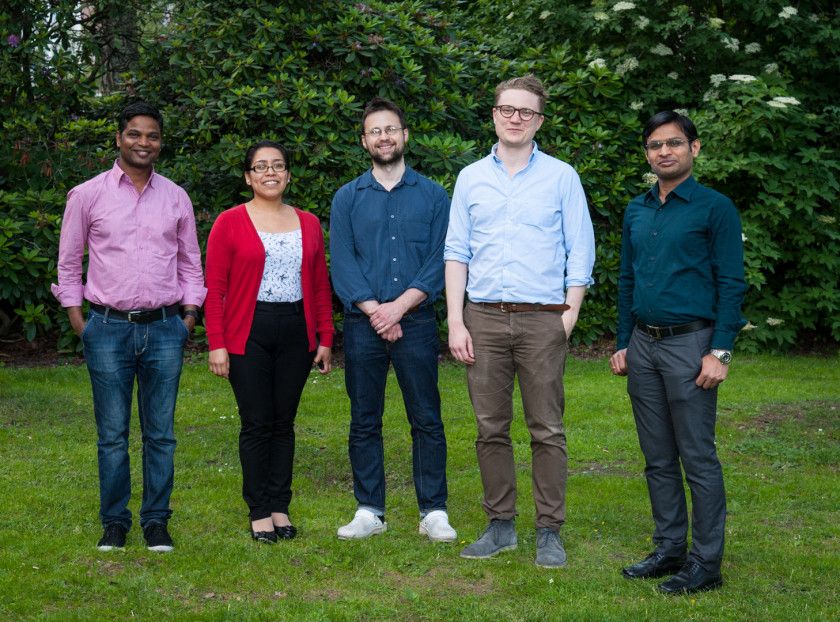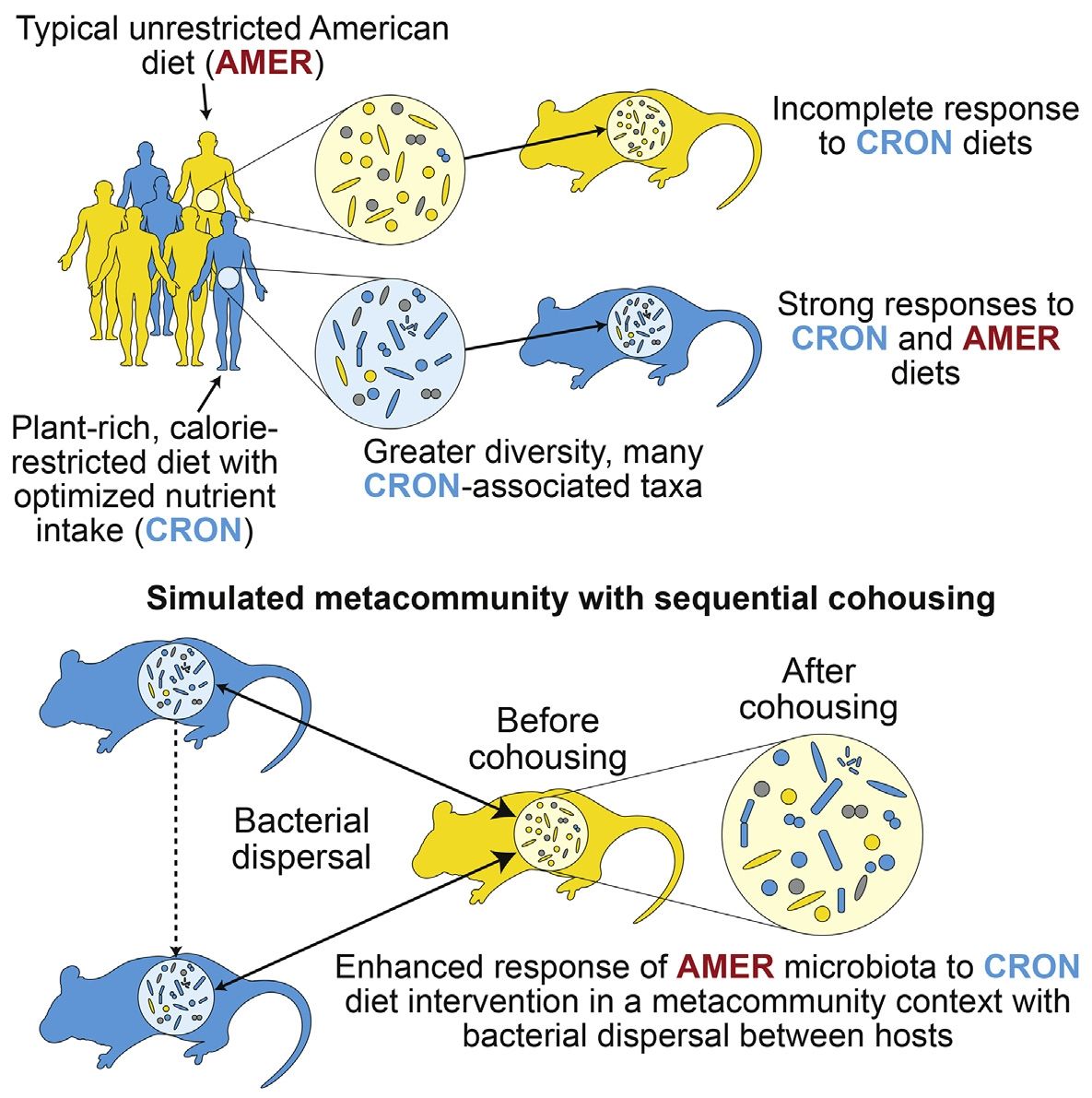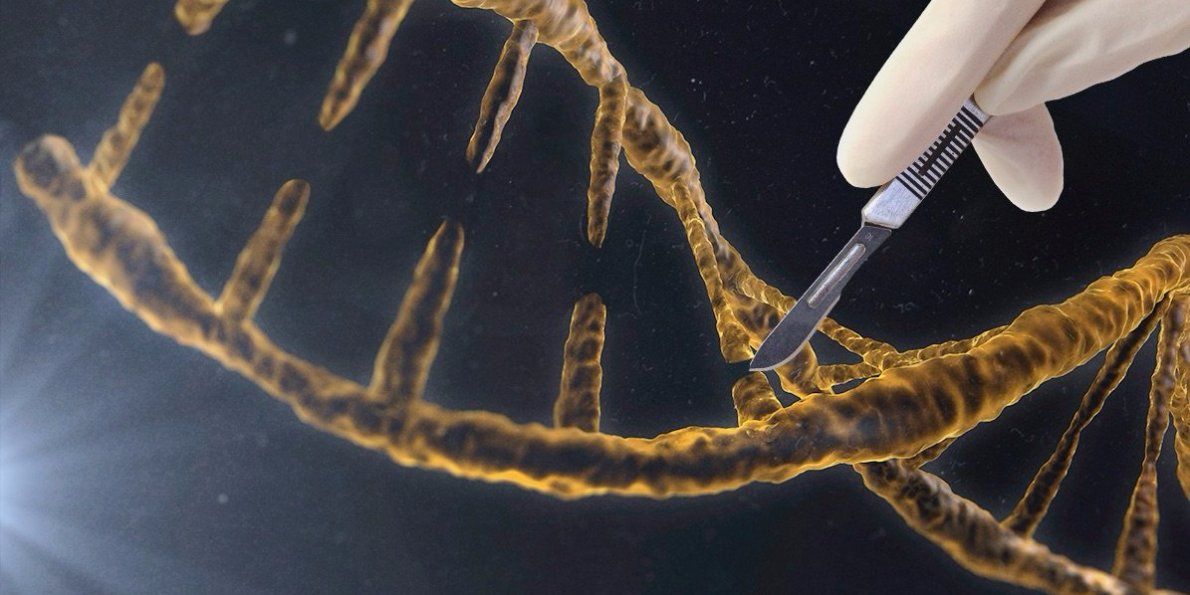Jan 2, 2017
Incidence of thyroid cancer on the rise
Posted by Karen Hurst in categories: biotech/medical, health
The incidence of thyroid cancer has tripled in the past three decades, yet the reason for this is not clear.
Dr. David Goldenberg, chief of otolaryngology and head and neck surgery at Penn State Health Milton S. Hershey Medical Center, notes the diagnostic tools are better, but he can’t get behind recent talk of over-diagnosis as the sole cause for the increase.
“The press that has been given to this is an oversimplification,” Goldenberg said. “What we should be concentrating on is not only why we are discovering more of it, but also which of these newly discovered thyroid cancers are the ones that will kill someone.”
